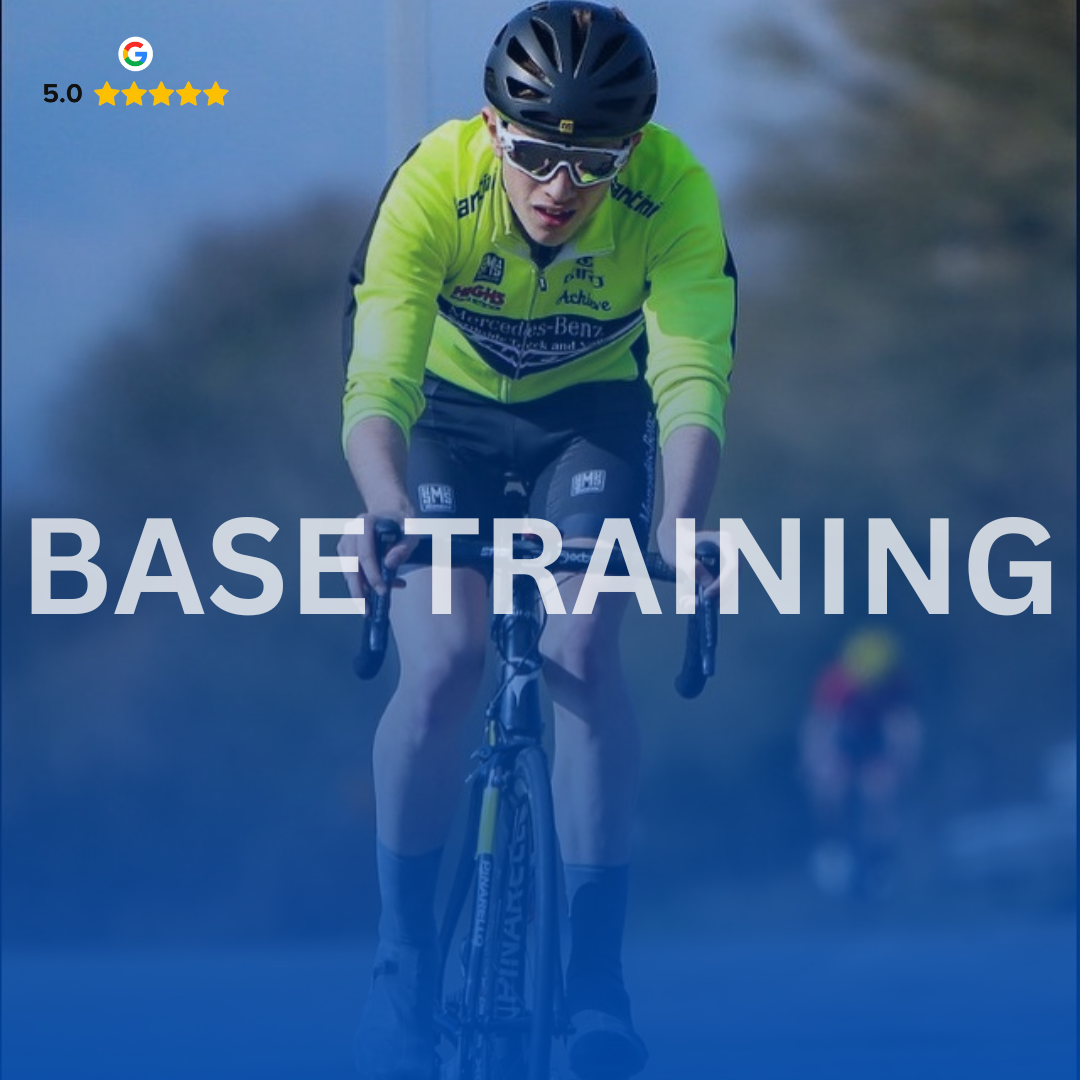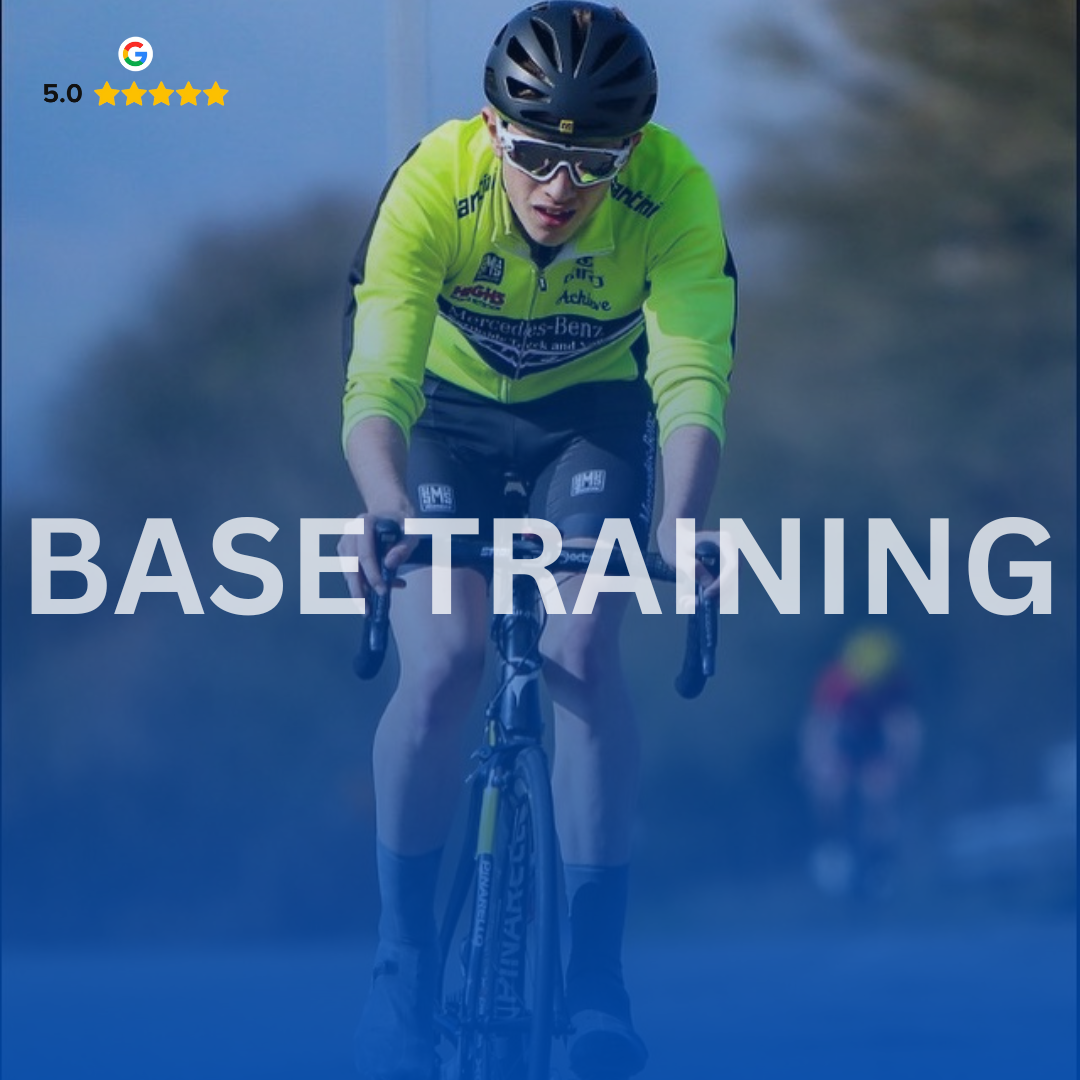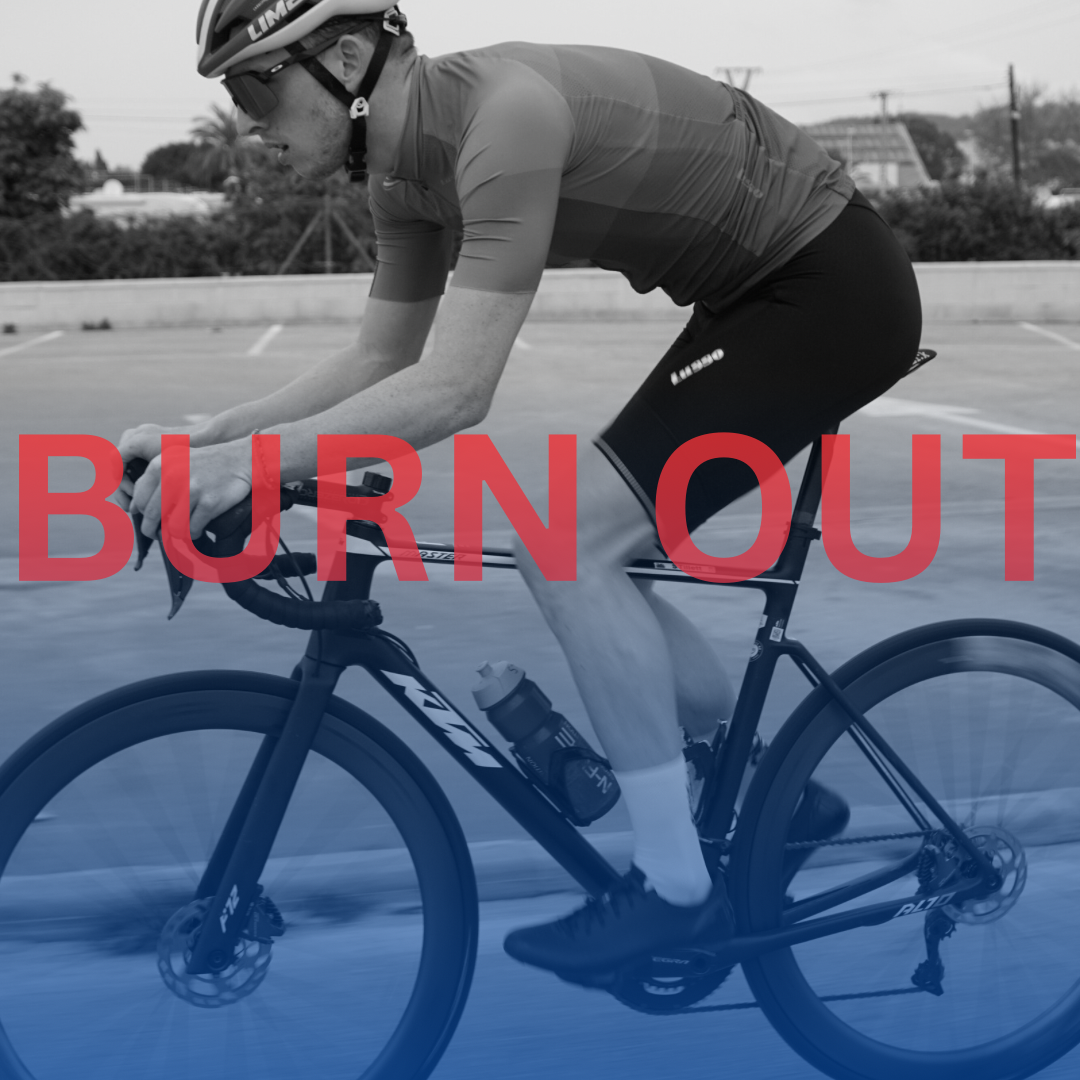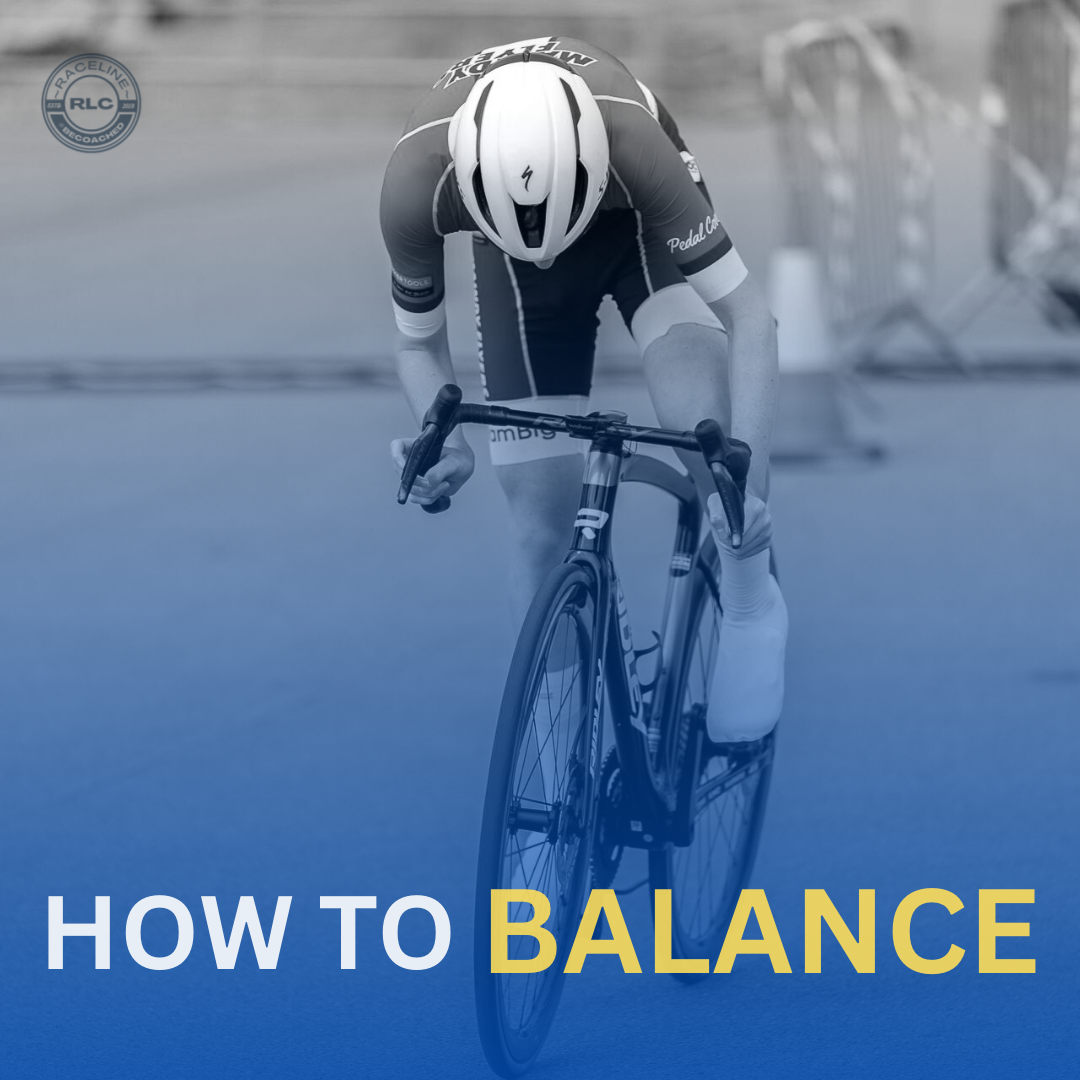Building a Strong Cycling Base: Indoors and Outdoors
Every great cyclist knows that peak performance doesn’t start with high-intensity intervals or race-specific training. It begins with the base — the foundation of endurance, strength, and resilience that supports every pedal stroke.
But what’s the best way to build that base? Should you log long outdoor rides, or can indoor training deliver the same benefits? The answer lies in combining both, guided by the expertise of a cycling coach.
1. Why Base Training Matters
Base training is the period where cyclists focus on aerobic development, usually at lower intensities (Zones 2–3). It builds:
Aerobic capacity for sustained endurance.
Muscular efficiency to turn energy into smooth power.
Fat-burning ability for long rides and races.
Resilience to handle higher-intensity training later.
Skipping this phase often leads to burnout, plateaus, or poor race-day performance.
2. Indoor Training: Precision and Consistency
Modern indoor platforms and smart trainers have revolutionised base building. With indoor training, cyclists get:
Controlled environment: No weather interruptions or traffic.
Precise power targets: Structured workouts guided by a cycling coach.
Time efficiency: High-quality sessions in fewer hours.
Progress tracking: Data-driven feedback for performance improvements.
For busy riders or those living in colder climates, indoor training makes consistency possible.
3. Outdoor Training: Endurance and Real-World Skills
Nothing replaces the benefits of riding outdoors. Long outdoor base rides develop:
Endurance: Extended Zone 2 rides build stamina.
Bike handling: Descending, cornering, and group riding skills.
Terrain adaptation: Hills, wind, and varied conditions.
Mental resilience: The ability to stay focused for hours.
Outdoor rides also remind cyclists why they love the sport — crucial for long-term motivation.
4. How Cycling Coaches Blend Both
A professional cycling coach knows that the strongest base comes from combining indoor and outdoor training. A coach will:
Assign indoor sessions for structured intensity.
Schedule outdoor rides for endurance and skill development.
Monitor training load to avoid overtraining.
Adapt your plan to weather, work, and life commitments.
This blend ensures balance — precision indoors, resilience outdoors.
5. Practical Tips for Cyclists
If you’re building your base this season:
Use indoor sessions for targeted intervals (e.g., sweet spot or tempo).
Ride long outdoors to build endurance and practice fueling.
Track progress with heart rate and power data.
Listen to your body: base training should feel sustainable, not exhausting.
Work with a cycling coach to personalise your plan and stay accountable.
Final Thoughts
Building a strong cycling base is about more than just riding hours. It’s about creating the foundation for everything that follows — endurance, speed, race preparation, and recovery. The smartest cyclists combine the efficiency of indoor training with the durability of outdoor riding, guided by expert coaching.
👉 If you want to build your strongest base yet, explore professional cycling coaching and discover how tailored indoor and outdoor training can transform your performance.





